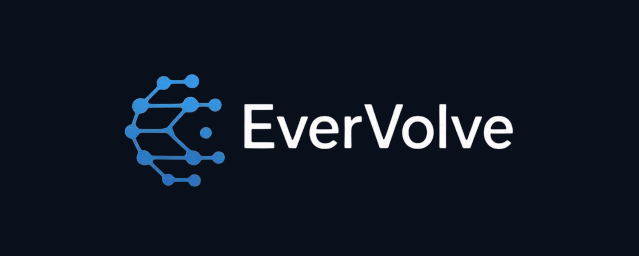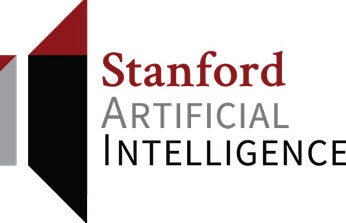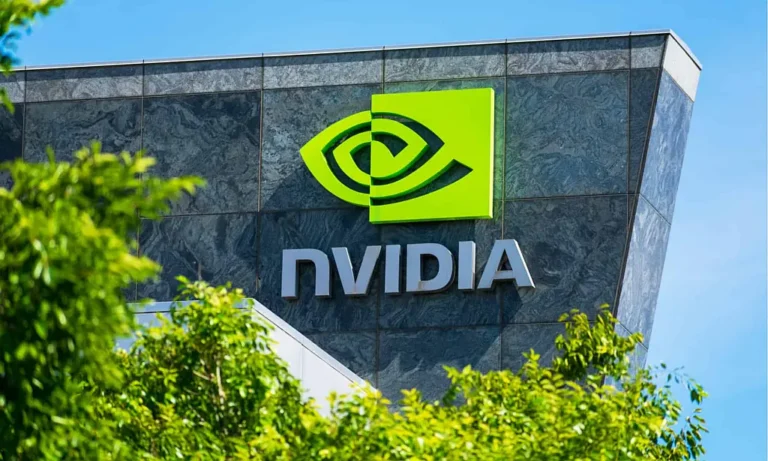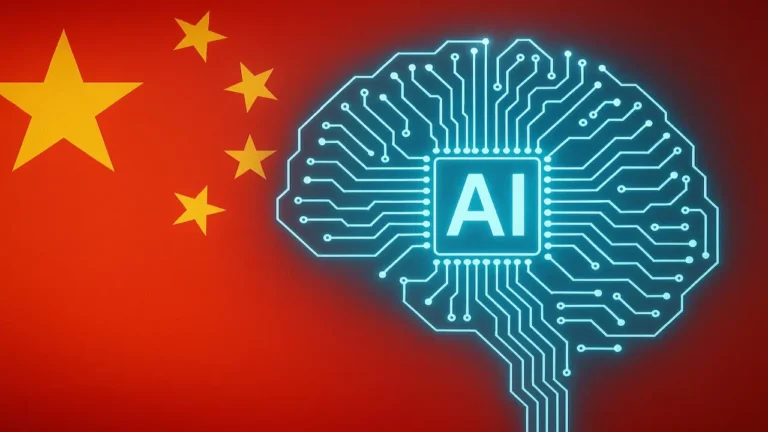Revolutionizing Healthcare Diagnostics: UC San Diego’s AI Breakthrough in Medical Image Analysis
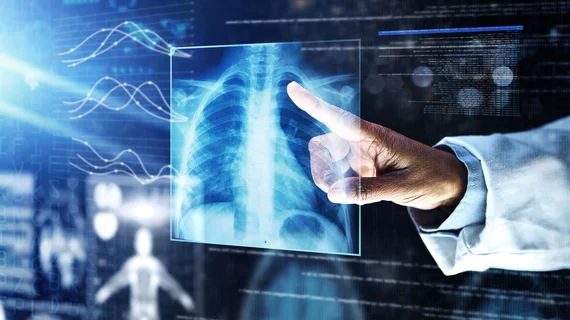
AI in healthcare is being rapidly explored worldwide. Researchers at the University of California San Diego (UC San Diego) have recently introduced a groundbreaking artificial intelligence (AI) tool that promises to significantly transform medical imaging analysis, particularly in healthcare diagnostics. This new AI innovation addresses a formidable challenge in the medical field: the traditionally high demand for extensive, expertly annotated data required to train medical imaging software.
Medical image segmentation, the process central to this innovation, involves labeling every pixel of an image to identify various tissues—such as differentiating cancerous cells from healthy ones. This task has conventionally required expert radiologists to manually annotate images, an expensive and time-consuming process. Deep learning methods showed promise in automating segmentation but have been hindered by their insatiable need for vast amounts of annotated training data, which is often unavailable due to resource constraints or rarity of certain medical conditions.
Ad Content
UC San Diego’s solution, developed by a team led by Ph.D. student Li Zhang and Professor Pengtao Xie from the Department of Electrical and Computer Engineering, introduces a novel AI tool capable of learning effective image segmentation from drastically fewer examples—reducing the dataset requirements by up to 20 times. This steep reduction is achieved by an innovative semi-supervised learning approach, which combines both expert-labeled and unlabeled data in training the model.
The system works through an integrated feedback loop: it initially learns to generate synthetic images based on segmentation masks, which serve as pixel-level annotations indicating areas of interest like tumors. These artificial image-mask pairs augment the limited real-world dataset. During training, the AI continuously refines its synthetic data generation based on how well the newly created images improve the model’s ability to segment. This symbiotic training method tailors artificial data to enhance the AI’s diagnostic accuracy, a marked improvement over traditional approaches that treat data generation and model training as separate steps.
This innovation holds enormous potential to democratize advanced diagnostic tools, making them more affordable and accessible, especially in hospitals and clinics where resources and annotated medical images are scarce. By easing data demands, the tool can accelerate the pace of developing AI-assisted diagnostics, enabling faster and earlier detection of diseases such as cancer, where timely intervention is critical.
Beyond the core technical advance, the team at UC San Diego aims to further enhance this AI tool by integrating clinician feedback to ensure relevance and efficacy in real-world medical environments. This user-centric refinement could help tailor the technology to diverse clinical needs and improve trust and adoption among healthcare professionals.
UC San Diego’s AI breakthrough exemplifies the powerful synergy of AI and healthcare innovation to tackle pressing clinical challenges. It not only streamlines the segmentation and diagnostic process but also paves the way for a future where AI-powered medical tools enhance patient outcomes through earlier interventions and more precise treatment plans.
This advancement also indicates promising horizons for generative AI in healthcare, broadening its application from image segmentation to potentially wider uses in diagnostics and personalized medicine. Supporting this research are grants from the National Science Foundation and National Institutes of Health, underscoring the critical importance of AI innovation in health sciences.
As AI continues to evolve, UC San Diego’s pioneering work highlights how intelligent technology can overcome data scarcity, enabling medical breakthroughs that benefit both clinicians and patients alike—ushering in a new era of smarter, faster, and more affordable healthcare diagnostics.bodies a high-stakes blend of technological ambition, strategic resourcefulness, and geopolitical maneuvering.
